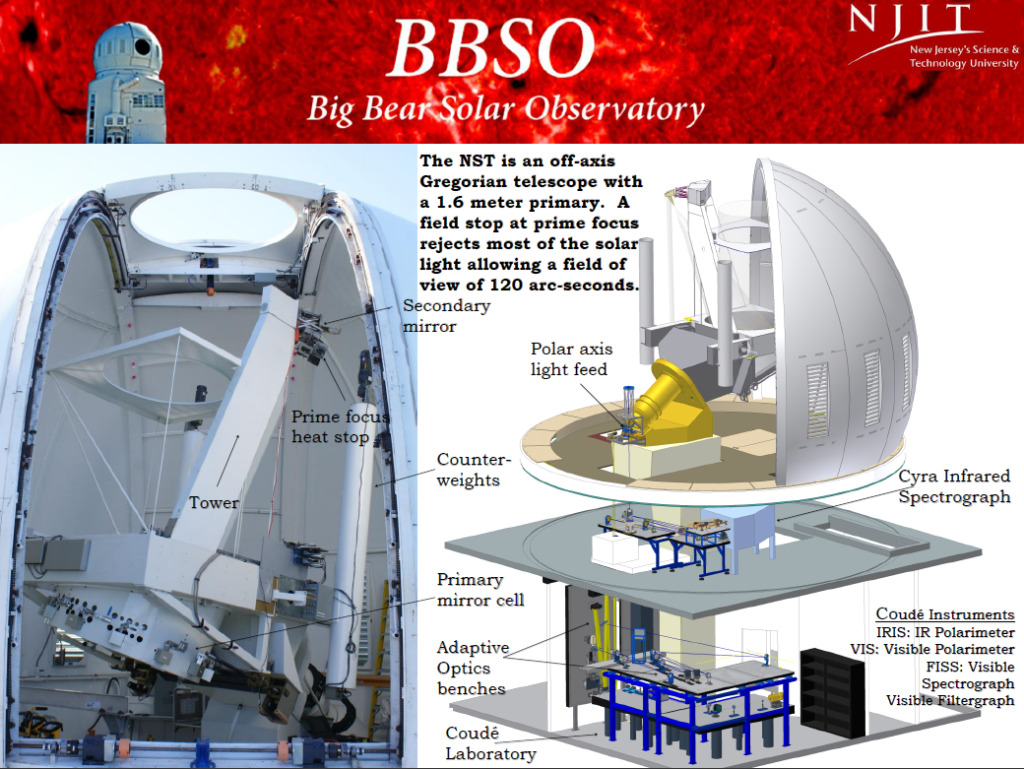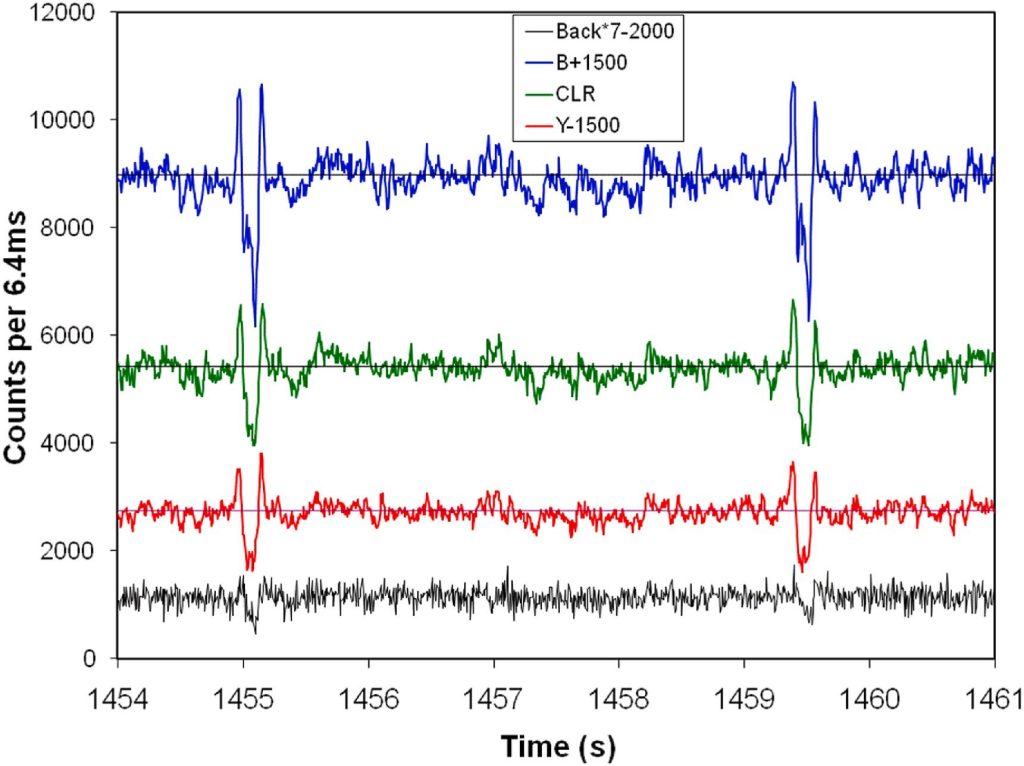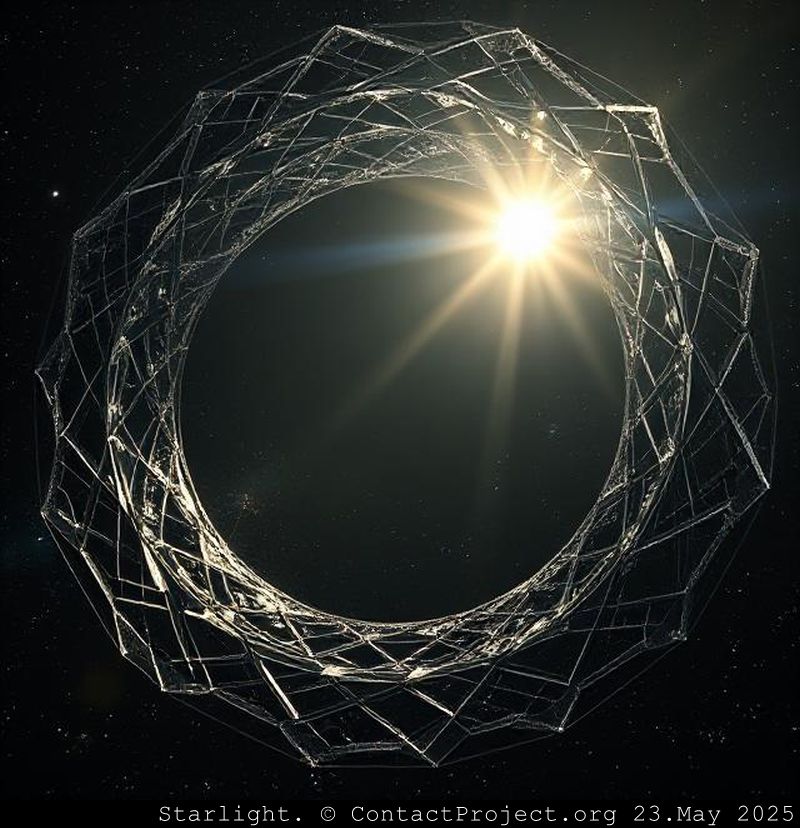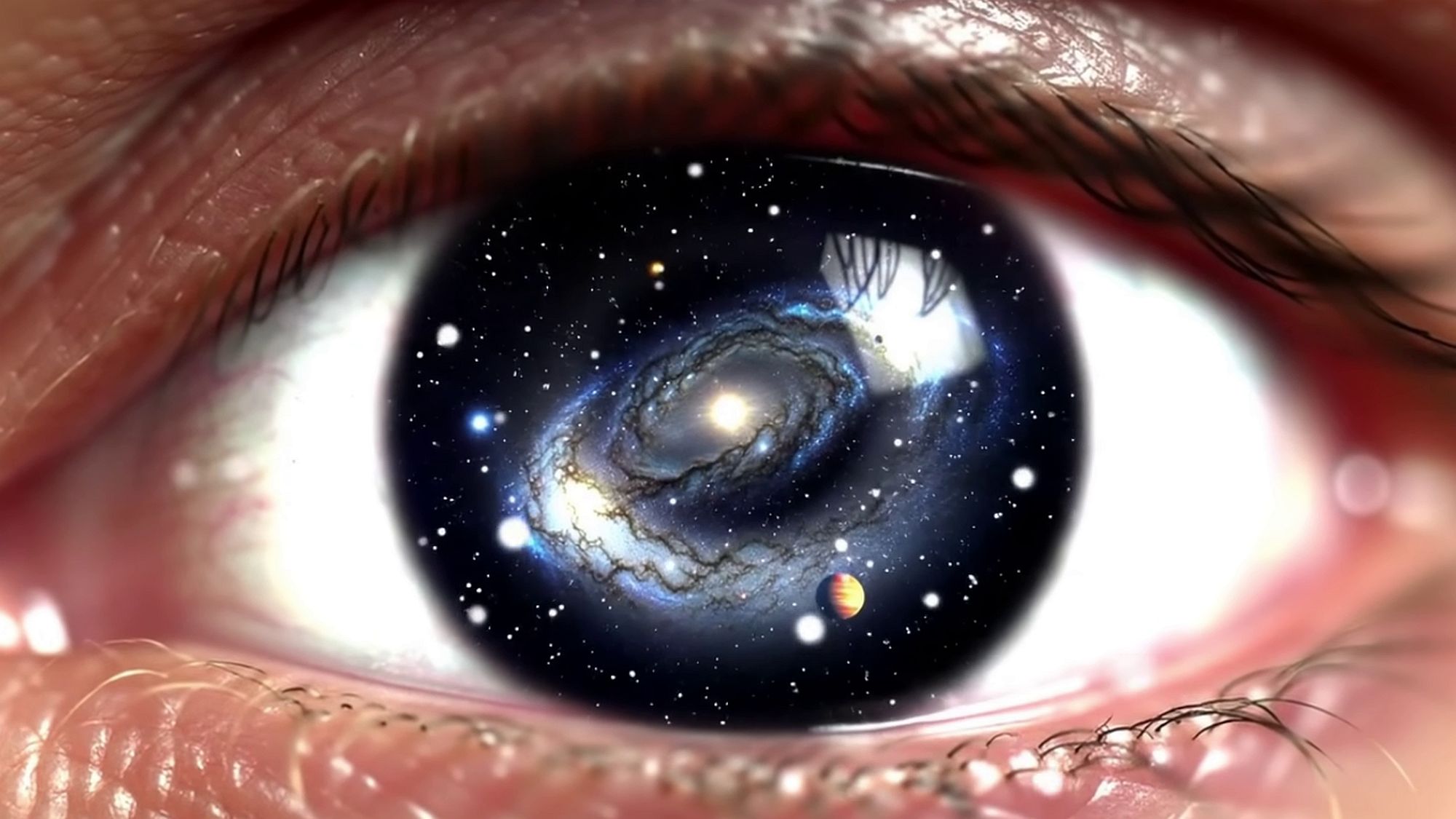For decades, humanity has peered into the vast darkness between the stars, dreaming of the moment we might detect a sign of intelligence beyond our own. The Search for Extraterrestrial Intelligence (SETI) has long focused on distant radio whispers or powerful laser flashes, while intriguingly, starlight pulses might reveal clues right in our cosmic backyard. But what if the most profound evidence isn’t coming from light-years away? Could it be from our very own cosmic backyard? Recent, startling discoveries from a dedicated optical observatory in Big Bear, California, are forcing us to confront this very question.

In May 2023, retired NASA scientist Richard Stanton, working in Big Bear, California, discovered an unexplained “pulsing” signal from a Sun-like star, HD 89389, in the Ursa Major (Great Bear) constellation. This star is approximately 100 light-years away. The signal was described as two identical and fast pulses occurring 4.4 seconds apart. It was published in the Acta Astronautica scientific journal.
Stanton noted that these pulses were unlike any other signals he’d detected during his 1,500 hours of searching. The signal’s unique pattern has left scientists puzzled. This pattern, consisting of a “brighter-fainter-brighter” sequence, is intriguing to researchers.
“We don’t know what kind of object could produce these pulses or how far away it is. We don’t know if the two-pulse signal is produced by something passing between us and the star or if it is generated by something that modulates the star’s light without moving across the field. Until we learn more, we can’t even say whether or not extraterrestrials are involved!“
– Richard Stanton
Stars Blink: Is Someone There?

Stanton has unveiled a truly perplexing phenomenon: pairs of incredibly fast, identical pulses of starlight. Imagine a star’s brightness undergoing a sudden, dramatic dance. There’s a rapid surge, then a sharp dip, followed by an equally swift return to its original intensity.
This entire sequence unfolds in mere milliseconds. After a brief pause of a few seconds, the exact same intricate pattern repeats. This occurs with precision that defies natural explanation.
Cosmic Code: Unraveling the Twin Pulses
The first captivating instance came from the star HD89389. The near-perfect replication of the “fine-structure” within each pulse wasn’t just intriguing; it screamed of a deliberate, non-random event. Even more chillingly, a deep dive into historical data uncovered an identical pair of pulses from HD217014. This occurred four years prior. This earlier event had been casually dismissed as “birds” – an innocuous explanation that now seems inadequate for such a profound celestial signature.
Not Just Birds: A Galactic Mystery
The implications are staggering. The sheer speed of these light changes immediately tells us one crucial thing: the source cannot be the distant star itself. No known stellar process could cause such rapid, precise fluctuations. This realization narrows the field dramatically. It places the origin of these mysterious flashes much closer to home, likely within our own solar system.
Close Encounter? Tracing the Origin
So, if not the stars, then what? While natural phenomena like unusual atmospheric disturbances or even binary asteroid systems are considered, the precision and repeatable nature of these pulses push scientists towards a more audacious hypothesis. They suspect edge diffraction, a well-understood optical effect. It describes how light bends and creates distinct patterns when passing by a sharp edge. The specific “bipolar” shape of these observed pulses – the characteristic increase, decrease, and subsequent increase in brightness – bears an uncanny resemblance to diffraction patterns expected if starlight interacts with edges of a nearby, opaque object.
Diffraction’s Clue: The Shadow of Something Else

Think of it this way: a previously unknown object, possibly a thin, flat structure or even a ring, momentarily crosses our line of sight to a distant star. As the star’s light skims past one edge, it creates the first pulse. When it passes the other edge, the second identical pulse is generated.
Eyes Wide Open: The Hunt for Hidden Objects
This theory, while still under investigation, ignites a firestorm of possibilities. If these are indeed diffraction patterns, it implies an object’s existence, possibly within our solar system, that is causing these obscurations. What kind of object? And more importantly, who or what created it?
A single telescope, no matter how powerful, can only offer limited clues. It can detect these fascinating anomalies. However, it can’t definitively tell us the object’s precise distance, speed, or true nature. That’s where the future of this extraordinary search comes into play.
The urgent call from the scientific community is for the development of Optical Telescope Arrays (OTAs). Imagine a network of precisely synchronized telescopes, positioned across the Earth. By meticulously measuring the infinitesimal time delays as this object’s shadow sweeps across each individual telescope, scientists could triangulate its position with astonishing accuracy. This method would determine its velocity and perhaps resolve its physical characteristics. This would be a leap from passive observation to active, investigative astronomy.
Beyond the Stars: ETI in Our Backyard?
And here, at the precipice of this discovery, lies the most profound question. If these pulses are confirmed to be caused by an object in our solar system, and if its trajectory suggests it’s not a natural body – what then? Could it be a long-lost piece of cosmic debris or an anomalous natural formation? Or, the thought that sends shivers through us, could this be a sign of extraterrestrial intelligence? Perhaps the ultimate “SETI signal” isn’t a deliberate message beamed across the galaxy. Could it be the unavoidable, accidental, signature of advanced technology operating in our celestial neighborhood?
The Ultimate Question: Are We Witnessing Alien Tech?
The universe continues to surprise us, challenging our assumptions and pushing the boundaries of what we believe possible. These inexplicable starlight flashes are more than just an astronomical curiosity; indeed, they are a cosmic riddle. It could, just possibly, hold the key to answering humanity’s most enduring question: Are we truly alone? The echoes from the void are growing clearer. The potential for a paradigm-shifting discovery has never been more tangible.
Reference:
Unexplained starlight pulses found in optical SETI searches, Richard H. Stanton
Acta Astronautica, Volume 233, August 2025, Pages 302-314
https://www.sciencedirect.com/science/article/pii/S0094576525002449?via%3Dihub
